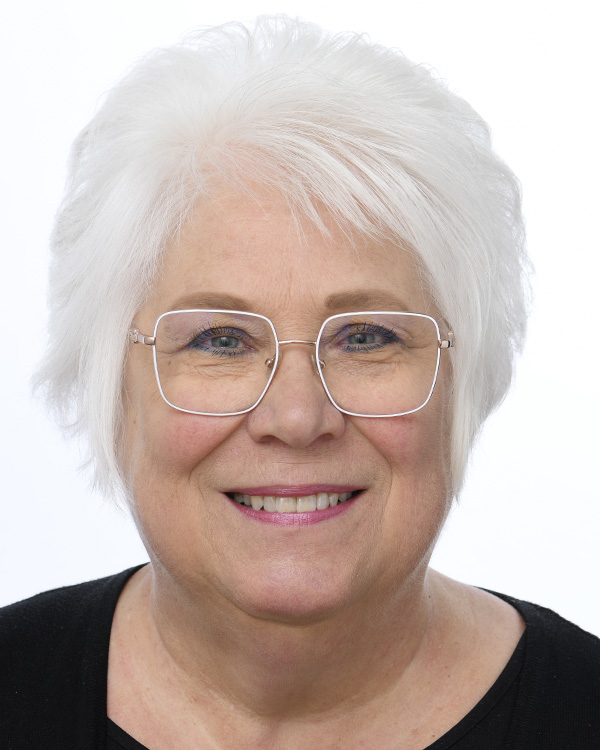
Choisissez la langue de votre document :
- bg - български
- es - español
- cs - čeština
- da - dansk
- de - Deutsch
- et - eesti keel
- el - ελληνικά
- en - English
- fr - français
- ga - Gaeilge
- hr - hrvatski
- it - italiano
- lv - latviešu valoda
- lt - lietuvių kalba
- hu - magyar
- mt - Malti
- nl - Nederlands
- pl - polski
- pt - português
- ro - română
- sk - slovenčina
- sl - slovenščina
- fi - suomi
- sv - svenska
|
| Procedure : 2022/2582(RSP) |
| Forløb for dokumenter : | ||||||
Indgivne tekster : RC-B9-0146/2022 | Forhandlinger : PV 10/03/2022 - 7.3CRE 10/03/2022 - 7.3 | Afstemninger : PV 10/03/2022 - 9PV 10/03/2022 - 16 CRE 10/03/2022 - 9 CRE 10/03/2022 - 16 | Vedtagne tekster : P9_TA(2022)0080 | |||
| Fuldstændigt Forhandlingsreferat |
|
|
| Torsdag den 10. marts 2022 - Strasbourg | Revideret udgave |
|
| Seneste opdatering: 1. juli 2022 | Juridisk meddelelse - Databeskyttelsespolitik |




























